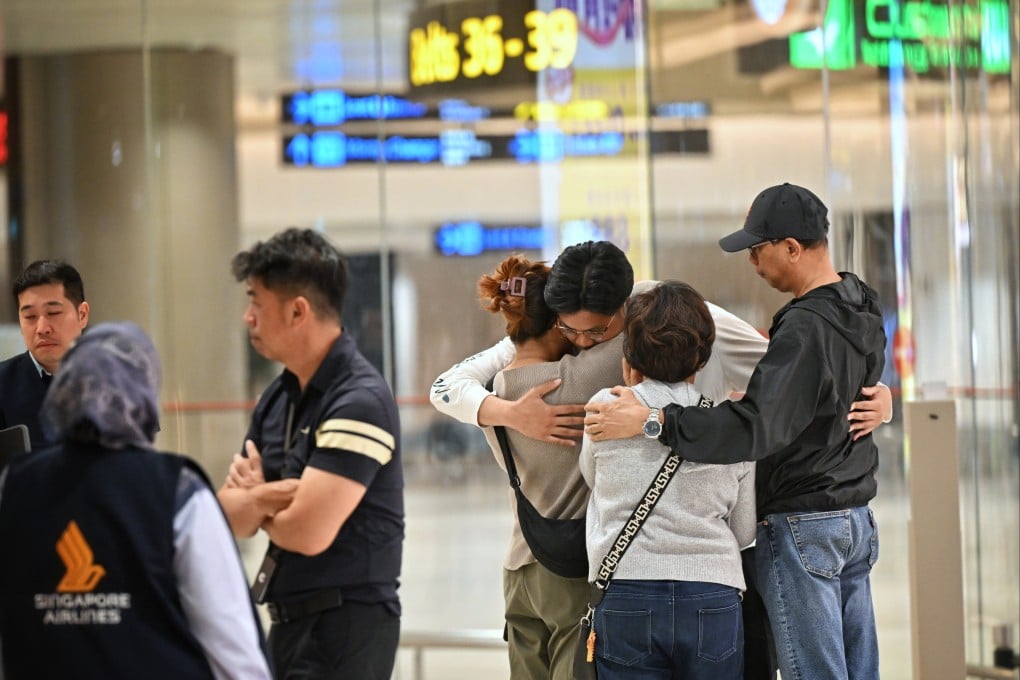Advertisement
Opinion | Singapore Airlines turbulence: how climate change has hit flight safety
- Warmer air from increasing carbon emissions is changing wind speeds and likely contributing to severe turbulence
- This is just one of the climate change challenges facing airlines, as global air travel recovers from the pandemic
Reading Time:3 minutes
Why you can trust SCMP
3

Last week, a Singapore Airlines flight encountered severe turbulence that left one passenger dead and dozens injured. While the episode has been described as a freak incident, it is making people wonder what could have caused such a serious disruption to the flight and whether climate change will worsen the frequency and intensity of turbulence during air travel.
Advertisement
Already, turbulence is the leading cause of non-fatal injuries in on-board accidents.
Hours after takeoff from London on May 20, the flight headed for Singapore hit a pocket of turbulence and experienced a precipitous drop of 6,000 feet (around 1,800 metres), which sent objects and people hurtling towards the cabin ceiling and necessitated an emergency landing in Bangkok.
Most flights encounter some turbulence at some point. Strong winds near the airport cause turbulence when flights take off or land. Mainly, however, the turbulence that affects aviation can come from three sources.
The first is shear turbulence and mainly found around the jet streams that are so important to air travel. In these fast rivers of air that encircle the planet, wind shear, or an abrupt change in the direction or speed of airflow, causes turbulence.
Advertisement
The second is convective turbulence, caused by storms or other weather.

Advertisement
